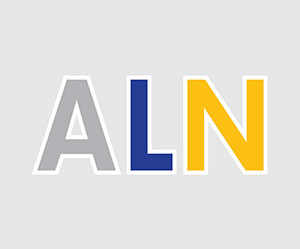Basic rules to correctly apply the Good Laboratory Practice for analytical methods
Roland Rajroop replies in the paper “Quality Assurance – Fundamentals of the Analytical Chemistry Laboratory” on the Pharmaceutical Canada magazine.
Analytical Methods
The use of an analytical method is to provide the user with concise and accurate instructions to qualitatively or quantitatively pursue a physical or chemical analysis of a component or components in a raw material, bulk or finished product. Analytical methods are chosen based on many variables. Choices depends on the concentration or level of active present in the formulation, interferences from the surrounding formulation matrix, type of instrumentation to be used, cost, time, safety, environmental conditions, etc. The use of an analytical method to test for a fluoride assay may not work the same for the fluoride ion at high and low concentrations. If analytical methods are designed for in-house use, lengthy and well-documented validation studies have to be conducted by the R&D group to ensure consistency in the recovery of the results. Most analytical testing laboratories use official methods published by many international organizations and government agencies. The test methods initiated by these organizations have been put through strict, thorough, controlled and robust testing to ensure workability before being published. Some of these organizations include:
(a) USP – United States Pharmacopoeia
(b) AOAC – Association of Official Analytical Chemists
(e) CTFA – Cosmetics, Toiletries and Fragrances Association
(d) ASTM – American Society for Testing and Materials
Another ideal source of using validated analytical methods is from the customer or material supplier if your company is a contract manufacturer. However, to utilize these methods, a method transfer validation process must be implemented. To validate a transfer of a method from one laboratory to another is to have the two laboratories perform parallel testing on the same material. The laboratory being qualified will send their results, calculations, raw data, analytical charts, etc back to the experienced laboratory for review and evaluation. The laboratory performing the transfer of the method will review the results for precision and accuracy and determine if the results fall within the statistical acceptance criteria. If it does, the laboratory becomes qualified to use the transferred analytical method to perform the test.
In many cases, there is a temptation to deviate from a standard or official method. Any changes to be made must follow a change request procedure. The change request must be reviewed by the laboratory management to determine the reason for the change and the impact if any, on the analytical method.
Most times, the change request has to be forwarded to the originator of the method.
A re-validation of the method would have to be done to test the suitability and effectiveness of the change. If successful, the change request is approved and either the original method is recalled for revision and re-issue or a deviation is issued to make the change to the original method. In either case, the change request approval should be carefully filed in the event of an internal, customer or regulatory audit.
















